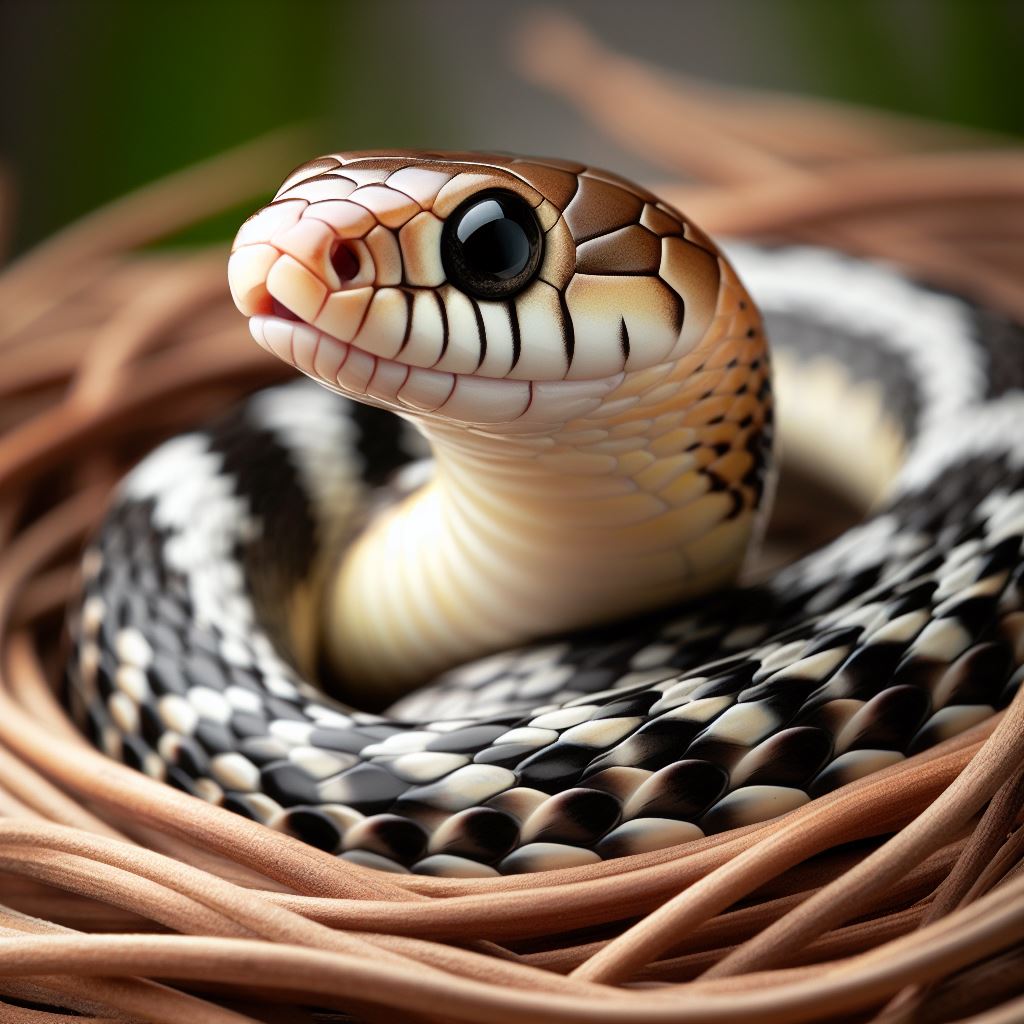Discover the diverse world of rat snakes, from the formidable North American species like the black rat snake to the sleek Asian varieties. Learn about their hunting strategies, ecological importance in controlling rodent populations, and the fascinating adaptations of these nonvenomous constrictors. Explore common rat snake species like the Eastern Rat Snake, Texas Rat Snake, Corn Snake, and more in this captivating glimpse into the world of these beneficial reptiles.

Rat snakes, aptly named for their primary prey, are a diverse group of medium to large, non-venomous constrictors. Found throughout much of the Northern Hemisphere, particularly in North America, Europe, and Asia, these beneficial reptiles play a vital role in keeping rodent populations in check.
Species Spotlight: The North American Powerhouse
In the United States, the genus Elaphe reigns supreme in the rat snake kingdom. The black rat snake, also known as the pilot snake, is a prime example, reaching an impressive eight feet in length. These versatile hunters can be found foraging both in trees and on the ground, always on the lookout for a tasty meal. Their diet consists primarily of small rodents, but they may occasionally indulge in nestling birds and even eggs. This fondness for eggs, including those of domesticated poultry, has earned them the nickname “chicken snake” in some regions.
While adept climbers, rat snakes aren’t restricted to wooded areas. They can be found in various habitats, adapting to their surroundings. Interestingly, hatchlings often display a blotched pattern that may transform into four longitudinal stripes in some species, while others lose their markings entirely as they mature. One distinguishing characteristic of North American rat snakes is their high scale count, typically ranging from 25 to 27 rows on their bodies, setting them apart from many other colubrids (a family of mostly harmless snakes) in the region.
Beyond North America: The Asian Rat Snake Connection
The world of rat snakes extends beyond North America. In Asia, the genus Ptyas boasts two species known by the same moniker. The common rat snake, or dhaman (Ptyas mucosus), is a widespread resident across much of southern Asia. These snakes, with their sleek bodies adorned with 15 to 17 rows of scales, are just as adept at rodent control as their North American counterparts.
Rat Snakes: A Boon to the Ecosystem
By keeping rodent populations in check, rat snakes provide a valuable ecological service. They help maintain a healthy balance in the ecosystem, preventing rodent outbreaks that could damage crops and spread diseases. Additionally, their calm demeanor makes them popular choices for reptile enthusiasts, who appreciate their docile nature and beautiful patterns.
Intrigued by Rat Snakes?
This is just a glimpse into the fascinating world of rat snakes. With their diverse species, unique hunting strategies, and ecological importance, these remarkable reptiles continue to captivate naturalists and reptile lovers alike.

Rat Snake Species
The term “rat snake” refers to a number of species within the Colubridae family of snakes. Rat snakes are nonvenomous constrictors found in various regions around the world. Here are some common species of rat snakes:
- Eastern Rat Snake (Pantherophis alleghaniensis): Also known as the black rat snake, this species is found in the eastern United States. They are large, slender snakes that are typically black or dark brown with white or grayish bellies.
- Texas Rat Snake (Pantherophis obsoletus lindheimeri): These are found in the southern United States, particularly in Texas and parts of Louisiana. They vary in color, ranging from yellow to gray, with dark blotches down their bodies.
- Corn Snake (Pantherophis guttatus): Although they are sometimes referred to as corn snakes, they are also considered a type of rat snake. Corn snakes are native to the southeastern United States. They are popular in the pet trade due to their docile nature and attractive colors, which can range from orange to red to brown with black markings.
- Western Rat Snake (Pantherophis obsoletus): This species is found in the central and western United States. They are similar in appearance to the Texas rat snake, with a range of colors and patterns.
- Gray Rat Snake (Pantherophis spiloides): Also known as the gray rat snake or oak snake, this species is found in the southeastern United States. They are typically gray with dark blotches.
- Yellow Rat Snake (Pantherophis obsoletus quadrivittata): Found in the southeastern United States, particularly in Florida, these snakes are yellow with dark markings running down their bodies.
- Japanese Rat Snake (Elaphe climacophora): This species is native to Japan and parts of China. They are slender snakes with a range of colors, from gray to brown to orange, often with stripes along their bodies.
- Indian Rat Snake (Ptyas mucosa): Found in India and parts of Southeast Asia, these are large and slender snakes with varying shades of brown and black patterns.
- Australian Common Rat Snake (Cornufer australis): Native to Australia, these snakes are also known as brown tree snakes. They are brown with darker patterns and are excellent climbers.
- Taiwan Beauty Snake (Orthriophis taeniurus): Though often called a “beauty snake,” this species is closely related to rat snakes. They are native to Taiwan and have beautiful iridescent scales with a variety of colors.
These are just a few examples of the many rat snake species found around the world. Each species has its own unique characteristics and habitat preferences.